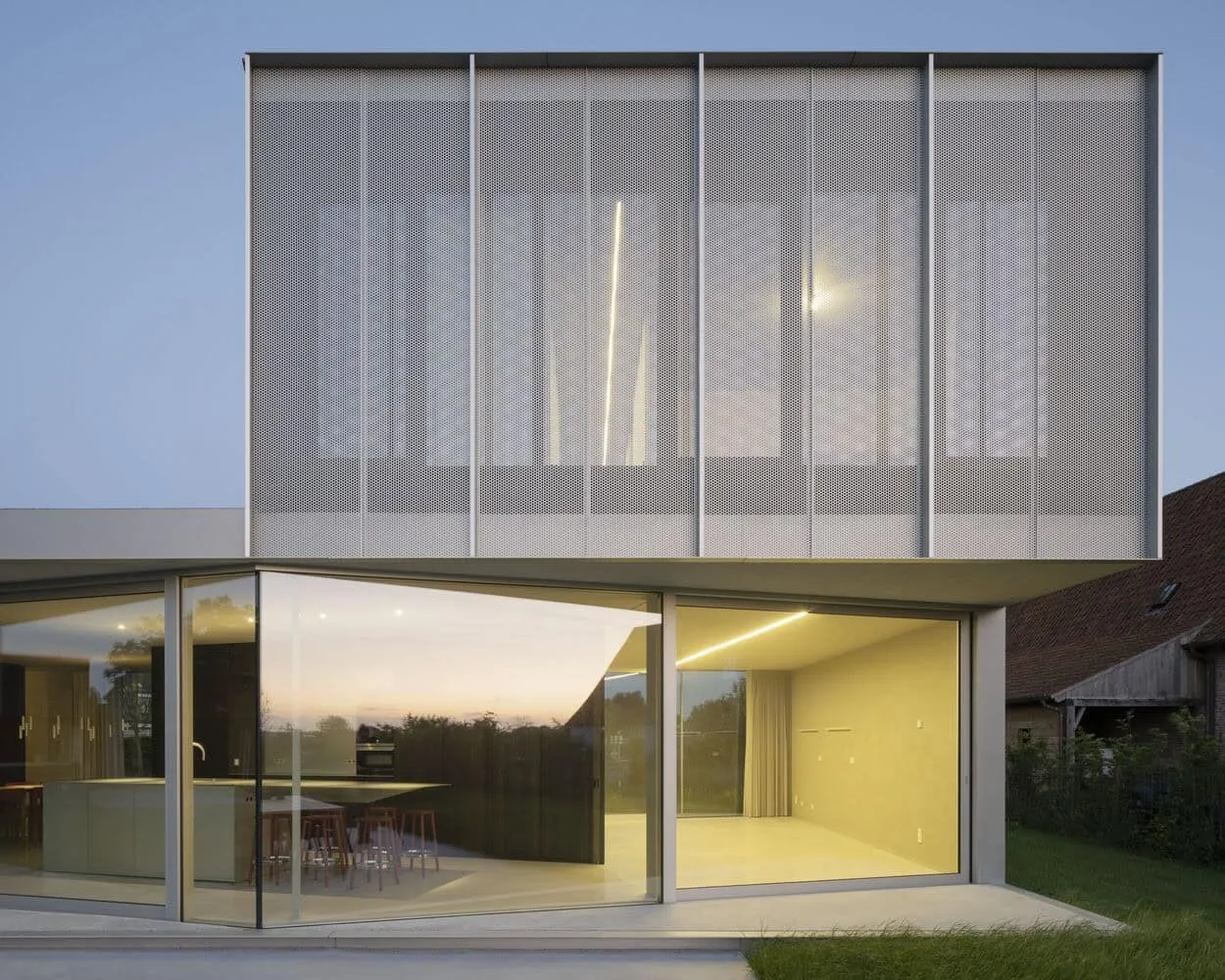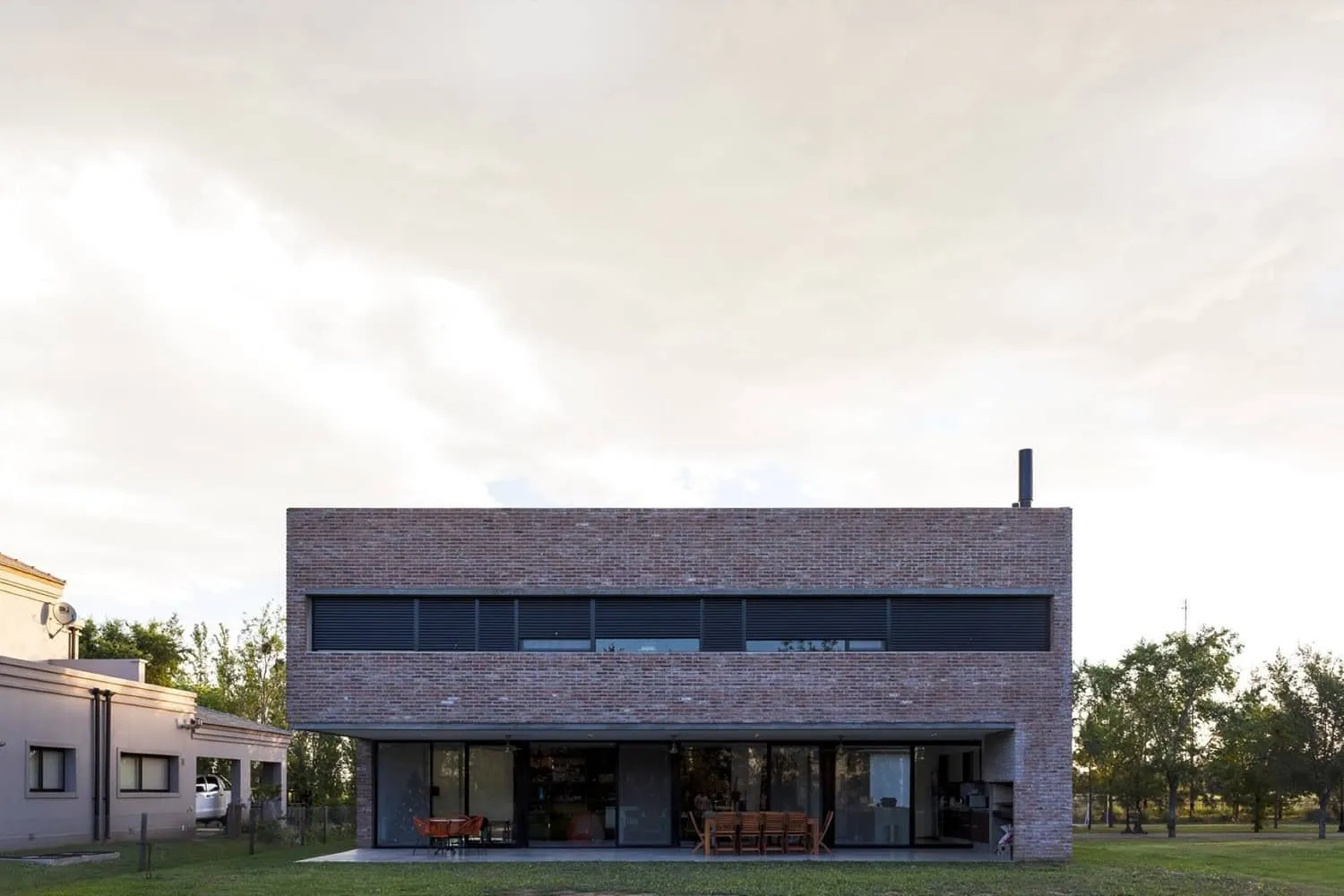There can be your advertisement
300x150
How Steel Reinforcement Contributes to Modern Design Development
Steel reinforcement is known for the role it plays in construction of structurally sound buildings. Its excellent versatility, durability and strength ensure that this material is constantly considered the foundation of any large-scale construction. Thanks to these key properties, steel reinforcement provides architects and engineers with a platform for designing impressive buildings that not only stand the test of time but also attract attention with their aesthetic appeal.

Enhancing Structural Integrity and Safety with Steel Reinforcement
The main reason for using steel reinforcement in modern construction is its properties that ensure safety and structural integrity of the project. Used to strengthen surrounding concrete, steel reinforcement or mesh acts as a connecting element that holds the structure together even under extreme weather conditions such as earthquakes and strong winds. This is what makes these buildings structurally stable. Architects can take advantage of the durability and strength of steel to create innovative new projects offering more open spaces, unusual forms and creative solutions.
Unleashing Design Potential through Flexible and Versatile Steel Reinforcement
Flexibility, adaptability and versatility are additional advantages of steel reinforcement. The ability to shape and mold steel into various forms allows architects and engineers to create projects that previously seemed impossible. Just look at modern skyscrapers and projecting structures to see the innovations driven by steel reinforcement. Moreover, adaptability makes it an ideal material for buildings that will expand in the future.
Steel Reinforcement and Its Contribution to Sustainable Development and Eco-friendliness
No one would dispute the structural advantages of steel reinforcement. However, this is not the only benefit of using this material in construction. Steel also significantly contributes to sustainable development and eco-friendliness. It can be recycled or reused, reducing dependence on the extraction of new materials and resources. In addition, energy consumption and transportation costs during construction are minimal due to the excellent strength-to-weight ratio of the material. Ultimately, steel reinforcement also improves thermal efficiency in buildings where it is used. This leads to lower energy consumption for heating and cooling.
Unprecedented Design Freedom and Aesthetics Through Steel Reinforcement
Thanks to infinite possibilities for creative solutions, steel reinforcement provides architects with endless opportunities to bring innovative architectural projects to life. Integrating steel into architecture allows creating more spacious interiors with minimal need for load-bearing partitions, providing larger living areas filled with natural light, ideal for any mood. The integration of large windows and glass facades that fill interiors with natural light becomes possible thanks to the slim profile and high strength of steel.
Conclusion – The Foundation of Modern Design
As you can see, steel reinforcement has become a key element of modern architectural design. Obtained from steel reinforcement suppliers, this component provides a solid foundation for modern buildings around the world. Thanks to its versatility, strength and durability, steel reinforcement gives architects and engineers the ability to realize projects that previously seemed impossible.
More articles:
 Temozon House by Boyance Arquitectura + Edificacion in Merida, Mexico
Temozon House by Boyance Arquitectura + Edificacion in Merida, Mexico Travel House by Indico in Ahuacatlán, Mexico
Travel House by Indico in Ahuacatlán, Mexico House V by Jaime Ortiz de Zevallos in Lima, Peru
House V by Jaime Ortiz de Zevallos in Lima, Peru Villa-Home by Tagua Arquitetura in Brazil
Villa-Home by Tagua Arquitetura in Brazil VMVK House by dmvA in Sint-Katelijnenvaart, Belgium
VMVK House by dmvA in Sint-Katelijnenvaart, Belgium WADD House by BASIL architecture in Belgium
WADD House by BASIL architecture in Belgium House with Ten Pines by Estudio Frolik in Pinamar, Argentina
House with Ten Pines by Estudio Frolik in Pinamar, Argentina House with Bricks by Martin Alorasa in Rosario, Argentina
House with Bricks by Martin Alorasa in Rosario, Argentina